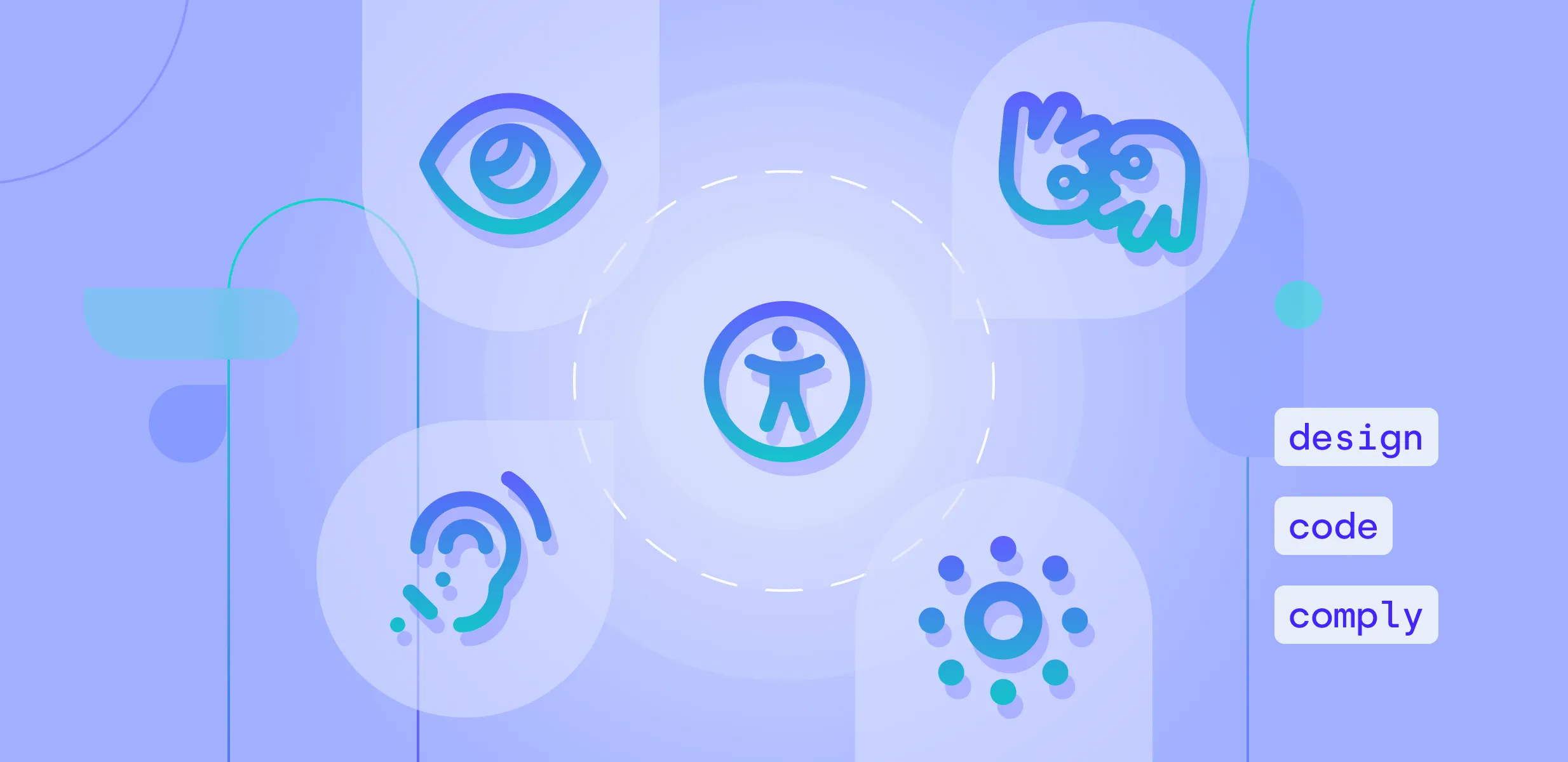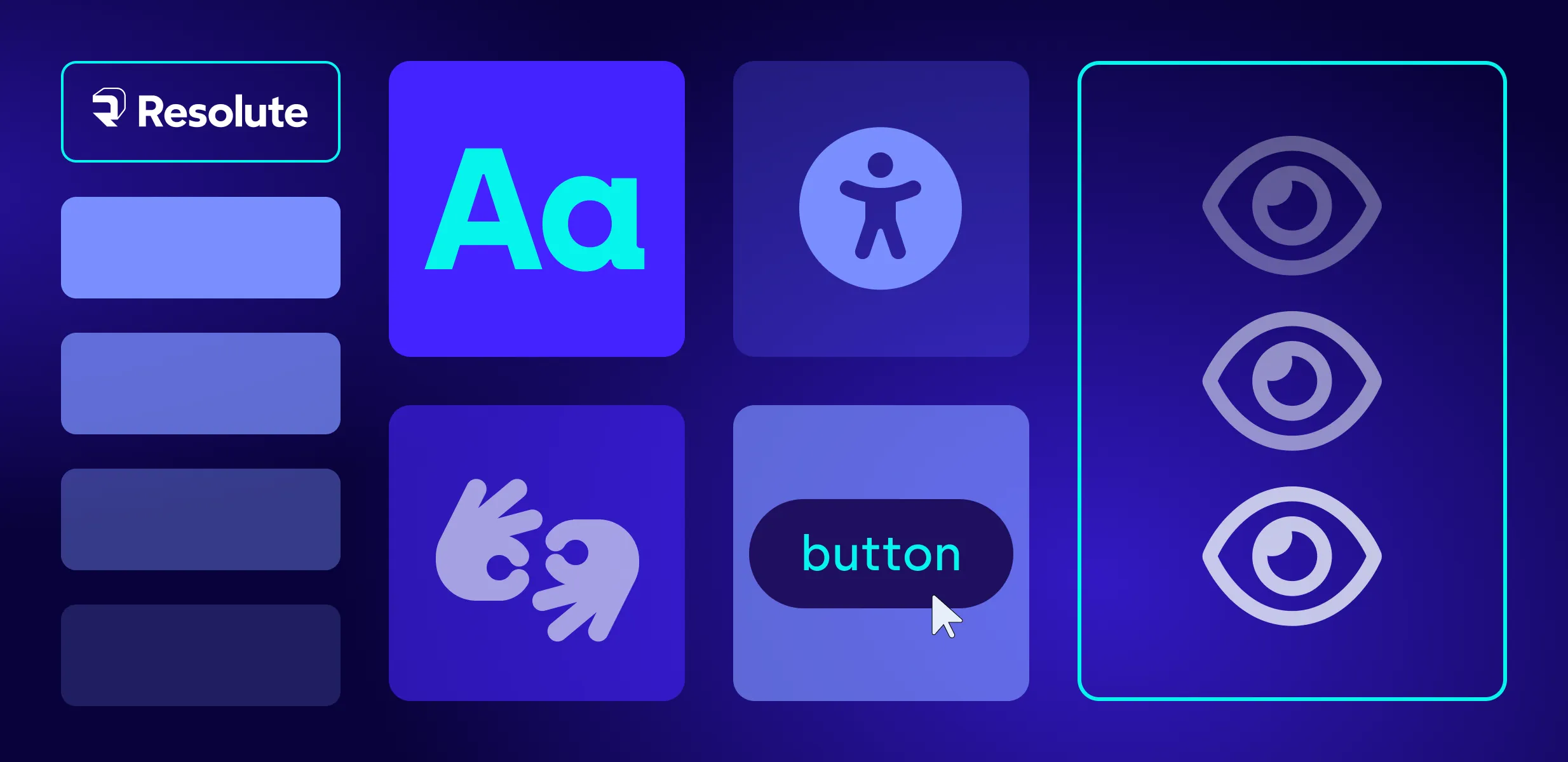
Information architecture in UX

“Content is king” used to be the catchphrase guiding businesses’ online strategy. It seems, however, that there is more than one king in this world wide web kingdom since, without proper information architecture (IA), content isn’t enough.
Without a comprehensive structure, clear content labeling, easy navigation, and helpful searching, users are unlikely to engage with content, even if it is highly valued. Information architecture is significant in providing good user-centered design and capturing users’ attention.
With that in mind, here is what information architecture is, its value for the business, and how it fits into the UX design process.
What is information architecture?
The term information architecture describes the UX design principles and practices involved in organizing information in digital products in a user-friendly way. When organizing products’ content, the following three elements need to be considered:
- The users of the product: their needs and reason for engaging with the product
- The content that users are engaging with: the type of content, its length and purpose, how it is organized, and what access users have to it
- The context in which users are engaging with the product: where, when, why, and how they are engaging, but also the context of your business goals, capabilities, resources, and constraints
These three aspects are taken into account when working on the four main components of information architecture:
- Organization systems: How information is structured and categorized - for example, hierarchically or sequentially
- Labeling systems: How information is represented and labeled
- Navigation systems: How users browse and navigate within the content
- Search systems: How users seek out information via the “search” function
Based on the above, the purpose of creating good information architecture is to enable users to engage with the content on all the pages with ease, find their way quickly, and achieve the goals they set for themselves. All of this happens within a context shared by users and businesses that shapes how information is presented.
The more an information architecture can be logical and intuitive, following established mental models and relying on users’ recognition patterns, the more likely the information architecture UX design is good and makes sense.
What are the key processes for information architecture?
Information architecture is one of the first steps to building an efficient user experience and can and should be integrated into the UX design process to provide greater usability and satisfaction to users. Typically, UX designers also work on creating the information architecture of a product, though in some instances; the information architect will operate separately from the UX designer.
The key processes involved in creating information architecture include the following
- Conducting in-depth user research to establish user wants and needs that will define the architecture. Research can include user interviews, card sorting, tree testing, usability tests, and contextual inquiries.
- Defining the main content elements, the purpose of the content, and the user tasks it must support.
- Defining the company goals the IA must achieve and how these can overlap with a user's goals.
- Creating a content inventory, if the content already exists, and conducting a content audit and grouping to determine the quality of the content, its existing structure, and relationships between content categories.
- Settling content categories, labels, and overarching taxonomy.
- Creating a content hierarchy based on everyday user-to-product interactions and a site map containing the whole hierarchy and relationships between categories.
- Developing a navigation system based on the information hierarchy and conducive to the user flow goals.
- Developing a search function, if necessary, and deciding on the type of content users can search for and how it is displayed and ranked.
- Creating UX wireframes, mockups, prototypes, and data models to clarify outstanding issues and get approval from stakeholders.
- Performing information architecture usability testing to determine the need for further iterations.
To any UX designer, all of these processes will sound very familiar. Information architecture results in site map creation, metadata tagging, and categorization—all of which needs to be shared with clients in one visual format or another. Some information architects also create site wireframes. This is why information architecture development and UX design typically go hand in hand and complement each other to provide a product that meets user needs.
What is the value of information architecture?
Unlike the app or website interface (UI), information architecture is not discernible and visible in the same way. Instead, it provides the supportingstructure, the backbone for the user experience design. Its purpose and value lie in helping users focus on their tasks and achieve their goals rather thanspending time trying to find their way around.
Good information architecture provides benefits to both users as well as businesses. When users visit a website, they usually do so to complete one of four types of information seeking:
- Known-item seeking: Seeking something known and specific that can be described accurately
- Exploratory seeking: Open seeking of something desirable but without a clear concept of what exactly and how to find it
- Exhaustive research: Seeking to find as much information on a subject as possible
- Re-finding: Seeking something already known and previously used or obtained
Information architecture that supports and aids all of the above types of seeking provides immediate value to users. Such IA accommodates their needs and saves them time. It improves the quality of navigation, making it easy and predictable. It creates a seamless and frictionless user experience and, in effect, reduces cognitive load. This makes users significantly more likely to return to a website or app and use it repeatedly.
Naturally, user benefits translate into business benefits and value in return. For businesses, good information architecture:
- Provides competitive advantage
- Increases user trust, satisfaction, and engagement
- Increases brand reputation
- Improves lead generation and conversions
- Boosts marketing ROI and reduces marketing costs
- Improves SEO ranking
- Reduces bounce rates
These are some immediate benefits that good IA bestows on users and businesses. Creating a fit-for-purpose information architecture that meets user and business needs and goals translates into tangible and measurable outcomes.
The importance of information architecture to UX designers
Information architecture offers a bird’s eye view of the structure of a digital product, its features, and its visual hierarchy. This big-picture representation helps interaction designers assess the current state of the product, considering its strengths and weaknesses and the potential for developing new features. In other words, it helps designers and teams grasp the product structurally, at a glance, before delving into the details.
IA further brings to the table an explanation of how users understand, navigate and interact with information. This is based on integrating various cognitive psychology principles that help explain why some ways of structuring information are better than others, based on how we make choices and how our memory, perception, and attention function. Basic principles that guide the IA creation process and help create a good user experience include:
Principle of objects
Pieces of content, like other objects, have different attributes. Identifying content according to such attributes helps with deciding what content to include and structuring the overall architecture.
Principle of choices
When presenting users with choices, these choices need to be relevant and limited to the tasks at hand. Offering too many and/or irrelevant choices is likely to overwhelm users.
Principle of disclosure
Disclosing too much information at once tends to create excessive cognitive load. A better approach is to disclose the necessary information and tell users what to expect next. This allows them to assimilate it in portions.
Principle of the main entrance
Not all users enter through the front door, i.e., the homepage. It’s safe to assume that many visitors will arrive at the website on other pages, so it’s crucial to provide them with navigation aids and essential information on at least all main landing pages beyond the homepage.
Principle of exemplars
Visual examples of content types, such as main categories, help users navigate more easily. Such examples are necessary, particularly for unclear labels that cannot be easily inferred.
Principle of multiple classifications
Providing users with several different means of arriving at the same destination accommodates different ways of processing information. Some users may use the navigation, others may search, and others may use the breadcrumb trail.
The principle of focused navigation
Keeping navigation aids consistent across different pages, such as the navigation bar or breadcrumbs. It also refers to keeping navigation coherent so subjects aren’t mixed up. If you have separate Products and Services menus, these should contain only items from their respective categories.
Principle of growth
IA should be constructed with growth in mind. As content changes and expands, the information architecture of the website or app should allow for easy changes and additions.
While these eight principles are only the beginning of the IA creation process, they serve as cornerstones that designers and information architects can refer back to anytime they are faced with important choices. They help think about how the product’s content will fit in and how organizing the content will affect its use.
Construct logical and intuitive IA with the help of Resolute Software
Creating good IA from scratch isn’t necessarily easy. There are many considerations about how you envision your product to develop and what you want it to be to users.
Resolute Software has extensive experience in helping clients design and develop IA and UX that speak for their brand, meet user needs and expectations, and stand the test of time. If you need a partner to help you with creating your product’s information architecture, Resolute Software is available to support you in this journey.
Get in touch with us, and let’s speak about how we can assist you in creating an excellent user experience!
FAQs
Yes, ASP.NET Core MVC is the .NET framework that is still being actively developed by Microsoft.
Yes, MVC is part of the .NET core family.
No, ASP.NET Core MVC is still being actively developed. Do not confuse it with ASP.NET MVC, which is the discontinued framework.







